Improving energy efficiency is no longer just an upgrade—it’s a core part of modern building design. Structural engineers play a critical role in shaping how a building uses, stores, and conserves energy. Their choices in materials, layouts, and structural systems directly affect heating and cooling performance, operating costs, and long-term sustainability.
By integrating energy-conscious decisions from the earliest design stages, structural engineers help create buildings that are comfortable, cost-effective, and environmentally responsible.
The Role of Structural Engineers in Sustainable Design
Structural engineers are central to reducing a building’s long-term energy use. Their design decisions influence:
- Heat loss and retention
- Insulation performance
- Ventilation patterns
- How the building envelope interacts with the environment
By selecting efficient materials and construction methods, engineers help buildings stay warmer in winter, cooler in summer, and less dependent on mechanical systems. Their involvement at the early concept stage ensures sustainability is embedded into the structure itself, rather than added later as an afterthought.
Materials That Enhance Thermal Performance
Modern structural engineering focuses heavily on materials that improve insulation, reduce thermal bridging, and regulate indoor temperatures. Common high-performance materials include:
- Insulated concrete forms (ICFs)
- High-performance glazing and window systems
- Timber framing with natural or recycled insulation
- Aerated concrete blocks
- Structural insulated panels (SIPs)
- Recycled steel paired with insulation layers
- Lime-based plasters that help regulate moisture naturally
These materials not only improve energy efficiency but often increase durability and comfort as well.
Structural Strategies for Reducing Energy Consumption
Good structural planning plays a major role in minimising energy loss. Engineers use a range of strategies to achieve this, including:
• Reducing Thermal Bridging
Strategic placement of insulation and careful detailing prevent heat escaping at junctions and edges.
• Improving Airtightness
A well-sealed structure prevents drafts and reduces heating demand.
• Optimising Building Orientation
Positioning the building to capture sunlight maximises natural heat and lighting, reducing reliance on artificial systems.
• Coordinating the Building Envelope
Walls, floors, and roofs are designed as a unified system to maintain stable indoor temperatures and reduce energy loads.
Integrating Renewable Energy Into Building Design
Structural engineers also ensure that renewable energy systems can be safely incorporated into the building. This includes:
- Solar photovoltaic (PV) panels
- Solar thermal systems
- Small wind turbines
- Ground-source and air-source heat pumps
Engineers assess load-bearing requirements, wind resistance, and long-term stability to ensure these technologies blend seamlessly into the design without compromising safety or aesthetics.
Long-Term Benefits of Energy-Efficient Structural Planning
Energy-efficient structural design offers significant long-term advantages:
- Lower utility bills and reduced operating costs
- More stable and comfortable indoor climates
- Fewer maintenance issues over the building’s lifespan
- Increased durability and structural resilience
- Higher property values and improved compliance with modern energy regulations
For homeowners, this means better comfort and reduced running costs. For businesses, the result is improved performance, greater sustainability credentials, and long-term financial benefits.
Final Thoughts
Structural engineers are essential to creating buildings that perform well today and remain efficient for decades to come. Their expertise ensures that energy efficiency isn’t just an optional feature—it’s a built-in advantage.
